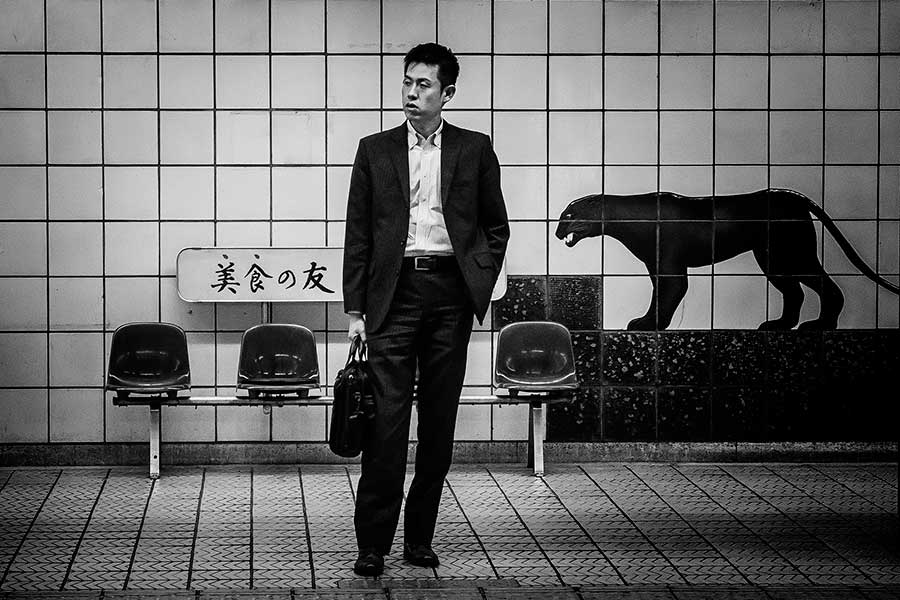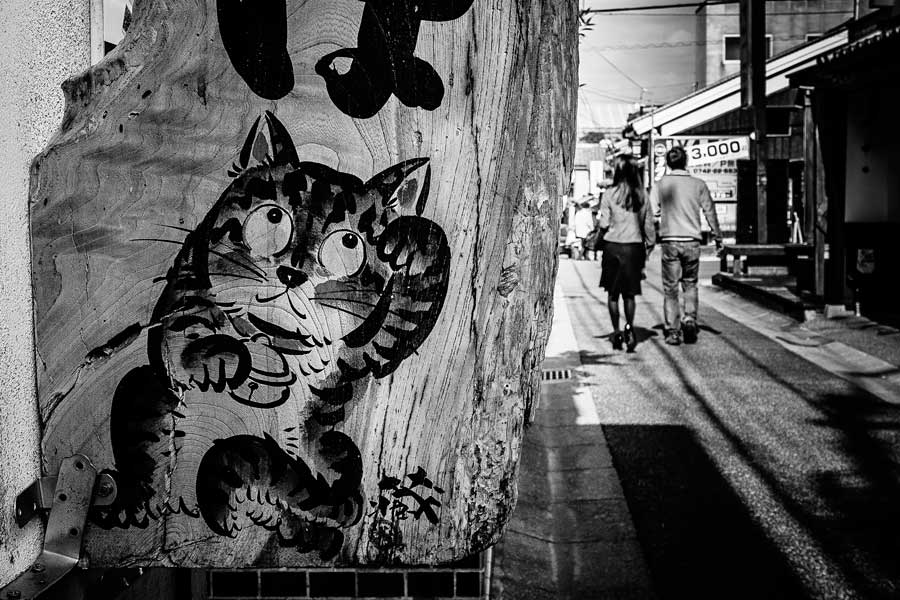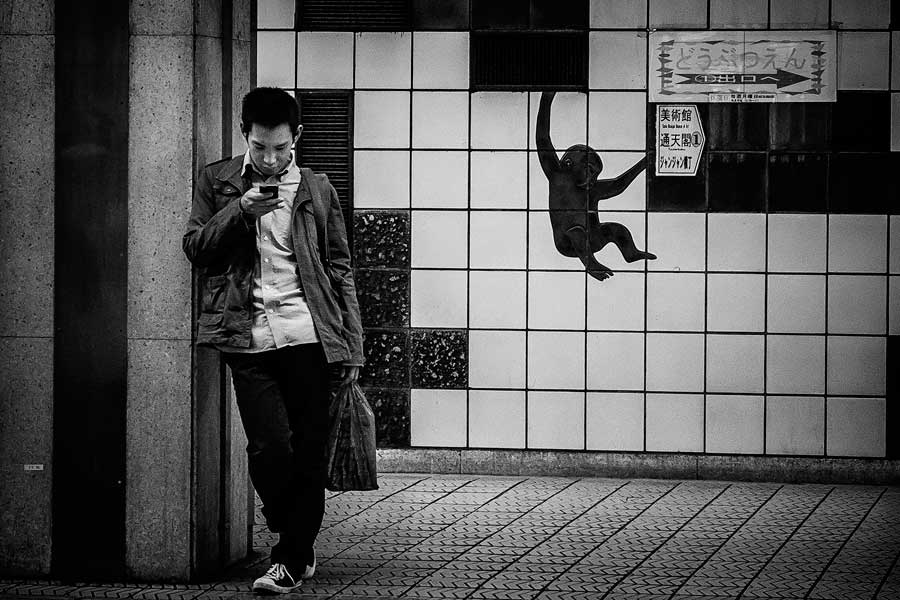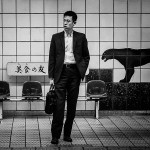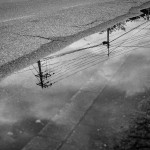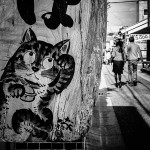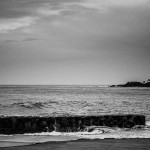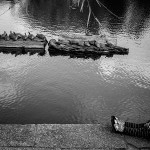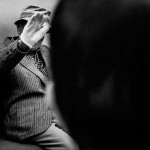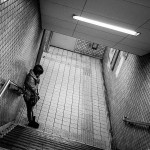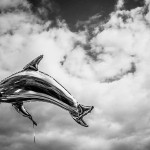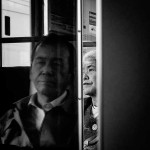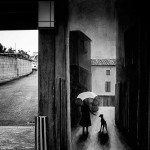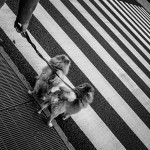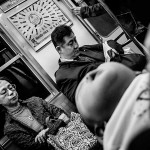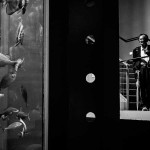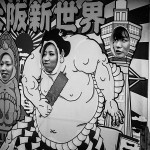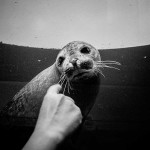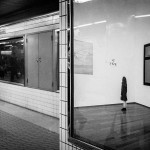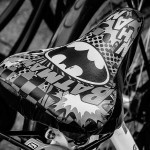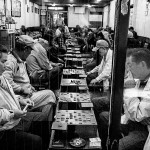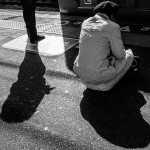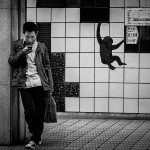“I only know how to approach a place by walking. For what does a street photographer do but walk and watch and wait and talk, and then watch and wait some more, trying to remain confident that the unexpected, the unknown, or the secret heart of the known awaits just around the corner.” ~Alex Webb
Since Chinese New Year a few weeks ago, I have been trying to clear the huge backlog of photography books lying on my tables at home. And so, after more than a year of it collecting dust, I finally unwrapped and went through my copy of Alex Webb’s The Suffering of Light.
.jpg)
The Suffering of Light was released in 2011 and consists of around 115 colour images over 204 pages. The following is the book’s blurb from the publisher:-
“The Suffering of Light is the first comprehensive monograph charting the career of acclaimed American photographer Alex Webb. Gathering some of his most iconic images, many of which were taken in the far corners of the earth, this exquisite book brings a fresh perspective to his extensive catalog.
Recognized as a pioneer of American color photography, since the 1970s, Webb has consistently created photographs characterized by intense color and light. His work, with its richly layered and complex composition, touches on multiple genres, including street photography, photojournalism, and fine art, but as Webb claims, “to me it all is photography. You have to go out and explore the world with a camera.” Webb’s ability to distill gesture, color, and contrasting cultural tensions into single, beguiling frames results in evocative images that convey a sense of enigma, irony, and humor. Featuring key works alongside previously unpublished photographs, The Suffering of Light provides the most thorough examination to date of this modern master’s prolific, thirty-year career.“
.jpg)
Alex Webb’s work has been quite influential in the way I try to see things when I am out photographing. I enjoy his use of colour even though my personal preference is mostly black and white. The main thing that draws me to his work is the complex layering and framing within his images. In many of his images, a lot seems to be happening within the frame and yet the image is not messy. Everything appears to be placed exactly right where they belong.
.jpg)
.jpg)
The shadow areas in his images are pitch black and have the wonderful effect of framing the things it surrounds. Strong lines and shapes run through many of his images, acting as frames and visual cues to draw the viewers’ attention to something.
.jpg)
 The layering that adds great depth to his images are something I never get tired of exploring. Many images have strong foregrounds with many things to discover in the middle and background.
The layering that adds great depth to his images are something I never get tired of exploring. Many images have strong foregrounds with many things to discover in the middle and background.


While going through the images in The Suffering of Light, I was struck by how significant every single subject in the frame was. Whether it was something in the foreground or background, or even something peeking out of the shadows, removing just one subject from the frame would have weakened the whole image. The photographs of the book in this post do little justice to the actual printed images in the book which are large enough to allow the viewer to immerse themselves in the various details of the captured frame.
Alex Webb’s Istanbul is one of the books I often recommend to other photographers who want to learn more about effective complex layering and framing. I have now added The Suffering of Light (available on Amazon US and UK) to this recommended list.
All photographs from the book featured on this post © Alex Webb
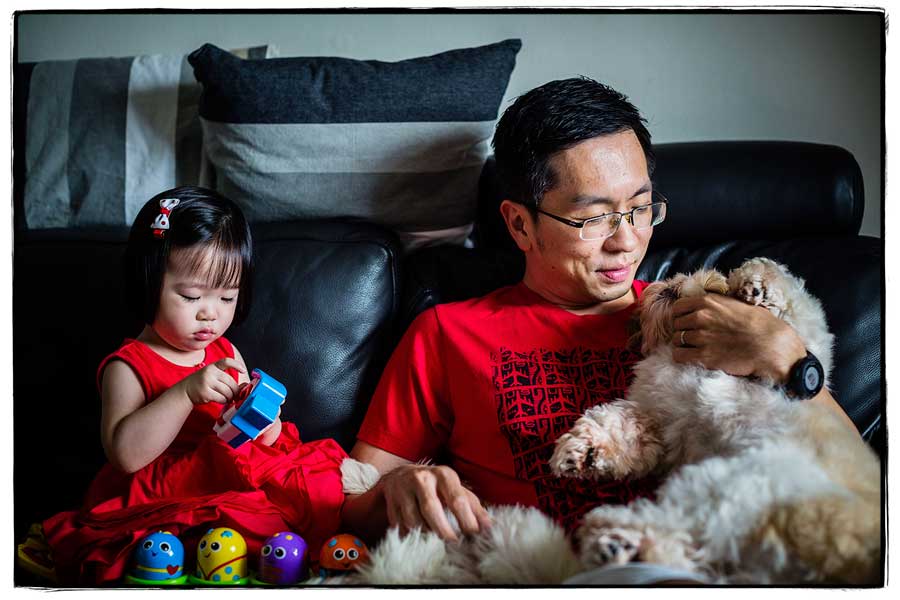
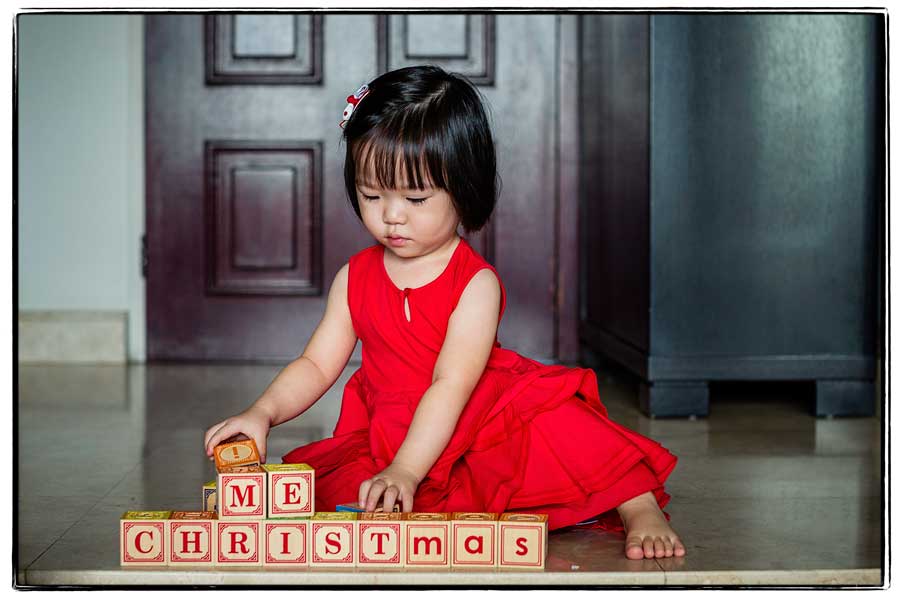
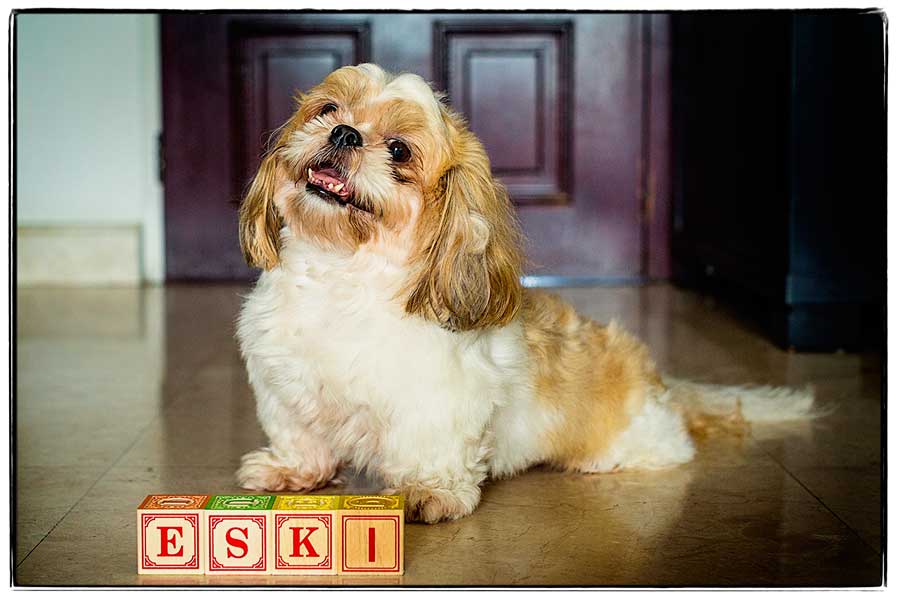
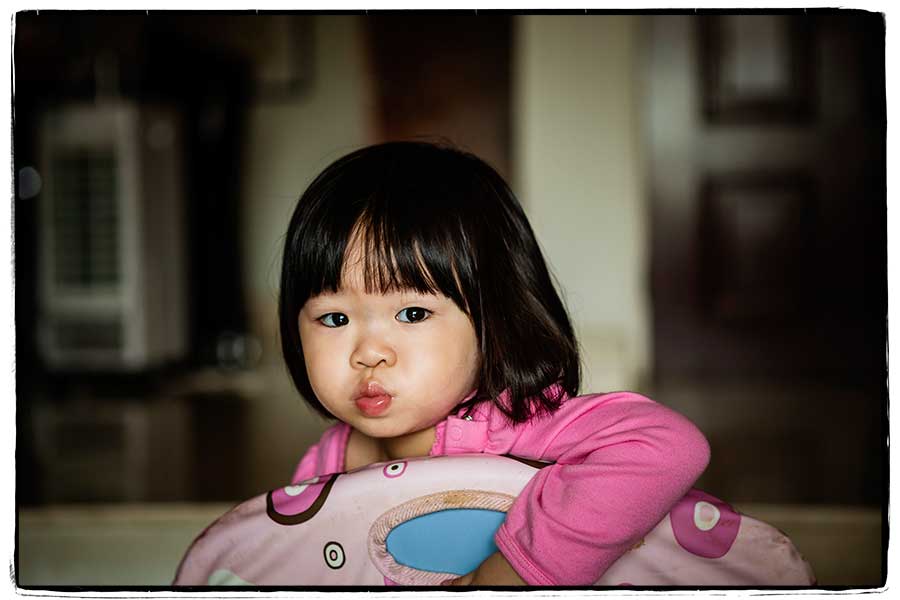
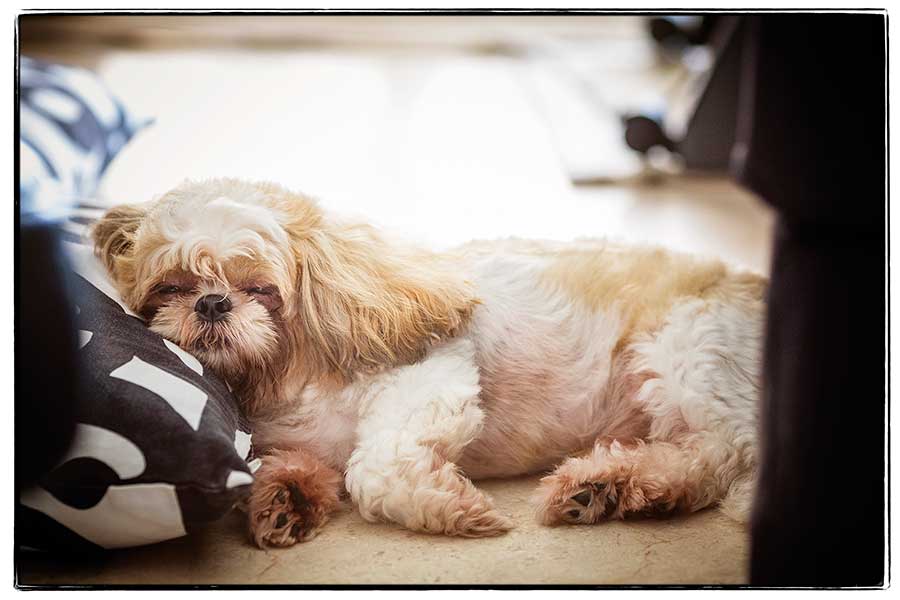
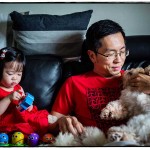



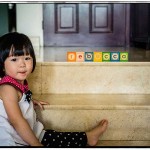
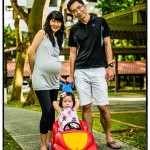
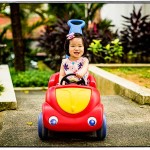
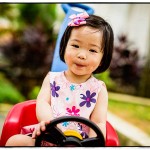
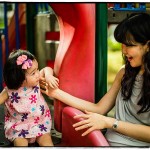
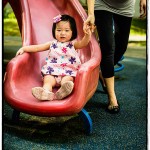
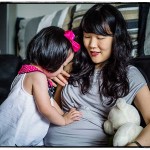
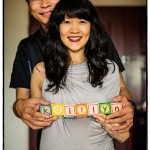

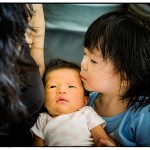
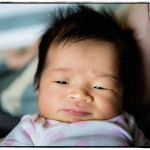
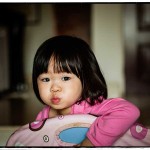

.jpg)
.jpg)
.jpg)
.jpg)
.jpg)
.jpg) The layering that adds great depth to his images are something I never get tired of exploring. Many images have strong foregrounds with many things to discover in the middle and background.
The layering that adds great depth to his images are something I never get tired of exploring. Many images have strong foregrounds with many things to discover in the middle and background..jpg)
.jpg)
.jpg)
